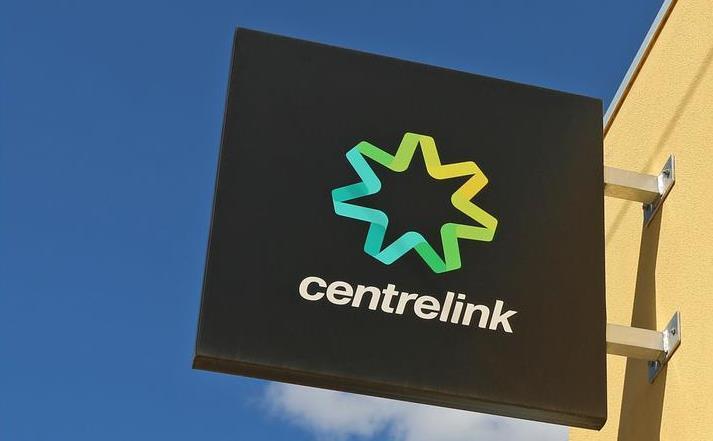The Federal Government temporarily expanded the eligibility criteria for the JobSeeker Payment to support sole traders whose income had been negatively affected by the economic impacts of COVID-19. This meant that newly eligible sole traders and self-employed people, including artists, were no longer required to meet the regular mutual obligation requirements.
Instead, these requirements can be met by focusing on running and rebuilding your business. However, it appears many Centrelink staff were unaware of these changes, as recently documented by Guardian Australia.
This highlights a much bigger, systemic problem with Australia’s welfare system. Many artists find it almost impossible to have their professional status as an artist recognised by Centrelink when they require assistance.
As many know, professional practitioners are likely to receive income in a number of different forms and from a wide variety of sources. This could be in the form of a grant, scholarship or prize, artwork sale, loan fee for exhibition of existing work, artist fee for a new commission, or a materials or production fee to make work.
Many artists find it almost impossible to have their professional status as an artist recognised by Centrelink when they require assistance.
For those who rely on benefits, actively seeking exhibitions and other opportunities as an artist is not usually recognised as employment-seeking activity, as required under mutual obligation requirements. Moreover, the moment such artists do receive a one-off payment, they risk jeopardising income support payments and often find themselves having to reapply.
Centrelink requires fortnightly reporting of income earned. Where income for a reporting period exceeds the specified threshold, payment of benefits may be reduced or stopped. As artists’ incomes are typically subject to heavy fluctuation, they are vulnerable to losing their social security benefits in the aftermath of receiving an art prize, grant or commission.
Despite the likelihood of these types of income being one-off payments and often for the purpose of creating or presenting an artwork – whether that may be to cover freighting costs, to buy materials, or even to employ someone else – they are instead treated by Centrelink as assessable income in one fortnightly period.
This is unlike the ATO income Tax Ruling: carrying on business as a professional artist (TR 2005/1), which recognises that arts businesses typically have different characteristics to other businesses and the capacity of an artist to derive income is not ‘linear’. For this reason, the ruling by the ATO promotes income averaging provisions for artists who can demonstrate that they are ‘in business’.
Tax averaging evens out an artists’ income and tax payable over a maximum of five years to allow for fluctuations in production, artwork sales, commissions and prize winnings. It aims to even out the good and bad income years and ensure that artists do not pay more tax over a number of years than taxpayers on comparable but steady incomes.
Read: JobKeeper 2.0 for sole traders
NAVA has made repeated calls to harmonise income averaging arrangements between the ATO and Centrelink. In our submission to the COVID-19 Senate Inquiry, we argued that this would ‘ensure that funds or grants received will not be treated by Centrelink as income that contributes to living expenses,’ especially funds that are being made available specifically for the creation of work during the COVID-19 crisis.
The social security system’s limited recognition of the distinctive nature of the arts profession has other consequences too.
For years, Centrelink has been trying to divert artists into doing work that has no or little relevance to their career intentions, rather than trying to help them to sustain careers as professional artists.
We have seen a lot of self-generated income for the year vanish, and more and more artists having to turn to income support. In the context of a pandemic and a recession, we’ve seen a 15.3% drop in payroll jobs in the arts between March and August this year.
This is the time when we need to be investing in pathways that strengthen the creative economy, not just adventurously, but fairly and equitably too. We must make sure that what has been made available in the way of income support is available to everyone, and that artists, creative businesses and the arts sector are nurtured, so that they may be in the best place to inspire the recovery.





